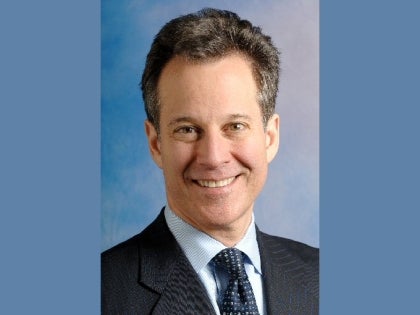
The Sotomayor Effect
Ever since President Barack Obama nominated Sonia Sotomayor for a seat on the Supreme Court, Jewish leaders have been speculating about how the appointment of this Bronx-raised Hispanic woman will affect the relationship between the Jewish and Hispanic communities.
In recent years, Latino and Jewish communities around the county have made strides to connect with and learn from each other, in part due to their shared immigrant histories. Sotomayor herself has been on two trips to Israel — in 1986 and 1996 — through the American Jewish Committee’s Project Interchange. That program has brought over 4,500 American leaders and politicians to Israel since 1982, to partake in seminars involving politics, security and health care, according to Ann Schaffer, director of AJC’s Belfer Center for American Pluralism.
...
Along with the Anti-Defamation League and the Jewish Council for Public Affairs, the AJC established the National Latino-Jewish Leadership Council in 2003, which serves as a vehicle for communication and collaboration between smaller Jewish and Latino groups, Schaffer said. In light of the small Jewish community in America, it is important for American Jews to form bonds of mutual respect with the Latino communities, which are continually growing and have become a significant percentage of the nation’s population, according to Diane Steinman, director of the New York chapter of the American Jewish Committee.
“Relations between the two communities are good, I think maybe better than ever,” said Moises Perez, president and CEO of the local community group Allianza Dominicana. “There’s been more of an effort in the last few years from both of our communities to come together. When you look at the tri-state area, the size of the Jewish community and the size of the Latino community are pretty comparable. So I think it creates opportunities for taking things to another level.”
In April 2008, the AJC jointly sponsored a trip with Allianza Dominicana to the Dominican Republic town of Sosùa, a community that welcomed Jewish refugees escaping Nazi Europe and helped them adapt to the tropical culture and climate. Though most of these refugees’ descendants have immigrated to the United States by this point, the group was able to meet members from the remaining small Jewish community, as well as Dominican officials and the children of some wartime Sosùans.
“This trip happened in the context of a relationship that AJC had in New York with Dominican leaders, so there was a context for it,” Steinman said. “The partnerships that formed, the collaboration, the sense of neighbor helping neighbor, are one of the great stories beyond Sosùa.”
Since their return last year, leaders from both communities have been pushing to integrate the story of Sosùa into local public school curriculums. At A. Philip Randolph High School in Harlem, one teacher immediately put together a lesson on this historic partnership, and through a project funded by State Sen. Eric Schneiderman (D-Manhattan/Bronx), students conducted research projects.
Such teaching initiatives can help bridge gaps between different cultures, many of which might be caused by lack of awareness, experts agree.
Click here for the full article